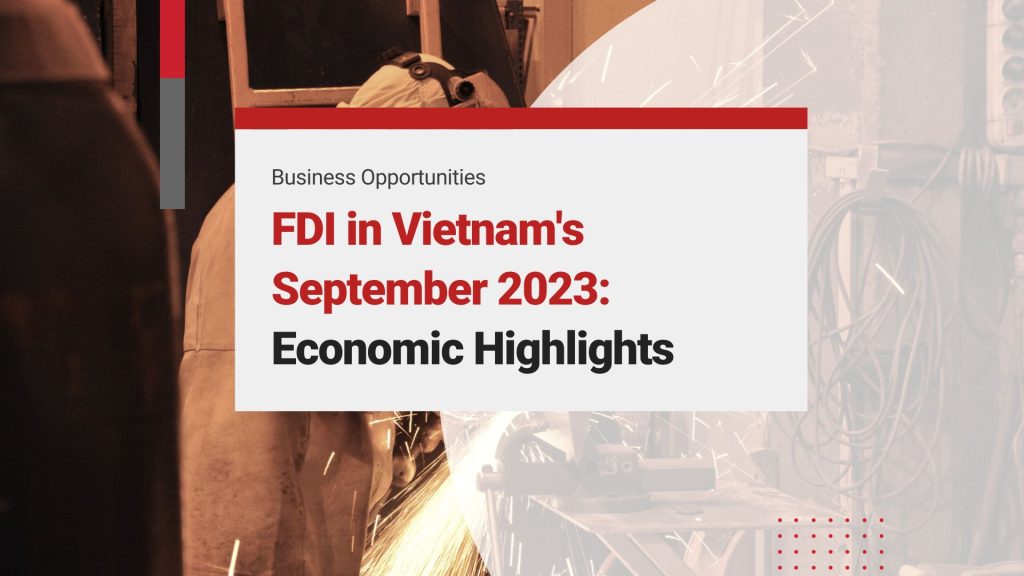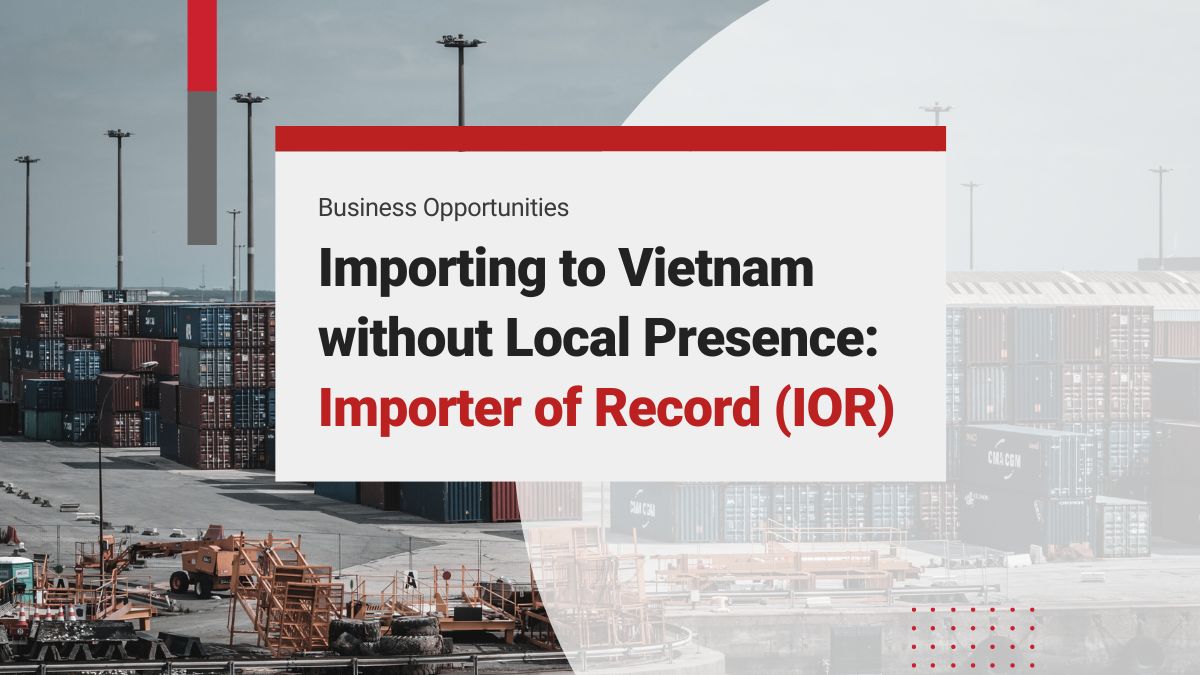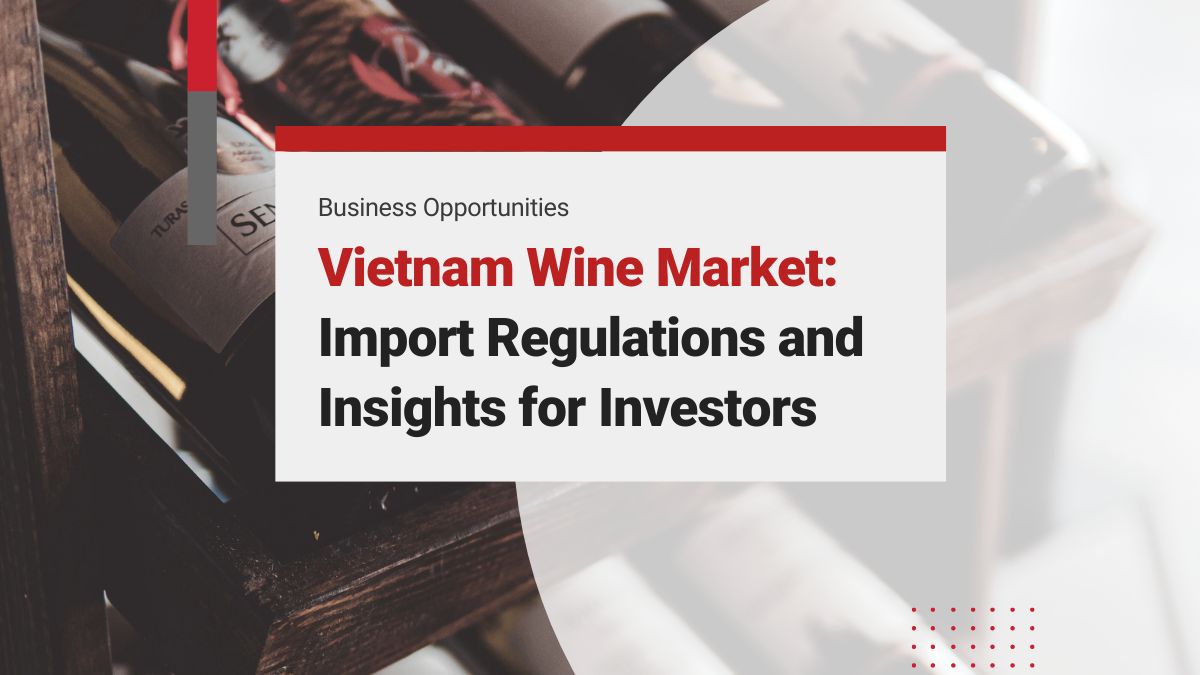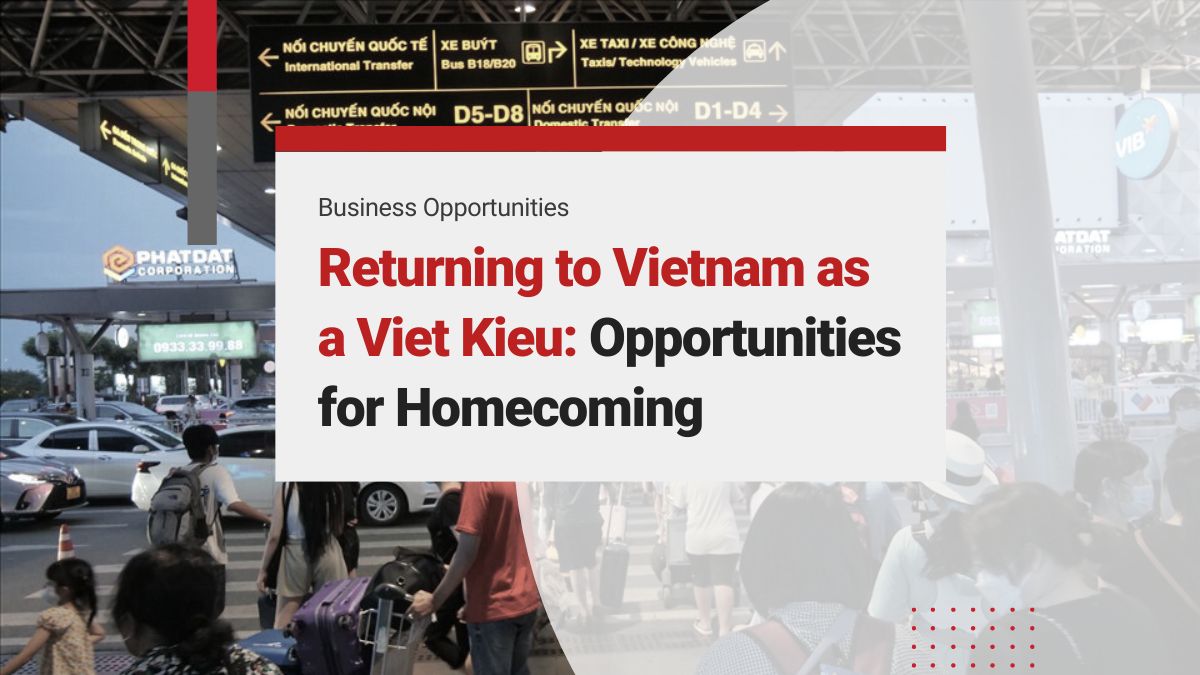In Vietnam’s dynamic economy, September 2023 marked a period of remarkable growth and development. The economic expansion is highlighted by pivotal events and investments that shaped this economic landscape, including infrastructure projects, foreign investments, renewable energy initiatives, and technological advancements, highlighting ongoing progress on the global economic stage with FDI in Vietnam.
Investing in Vietnam? Check out InCorp Vietnam’s Incorporation Services
Exceeded Yearly FDI Targets in Vietnam
Several Vietnamese provinces, including Bac Giang and Nghe An, have seen a significant increase in Foreign Direct Investment (FDI) in Vietnam in the first eight months of 2023. Bac Giang attracted US$1.62 billion in FDI in Vietnam during this period, surpassing the expected annual figure of US$1.3 billion. Nghe An is preparing to license two foreign-invested projects worth US$153 million, bringing its total FDI in Vietnam to US$1 billion for the year. Singapore’s Soilbuild Group Holdings invests US$45 million in Nghe An, Vietnam, promoting economic ties with Singapore, while Chinese firm Sunny Group is building a US$150 million camera factory in Nghe An, expected to open in late 2025 and create 20,000 jobs.
Hanoi, Haiphong, and Ho Chi Minh City are the top three locations for FDI in Vietnam in the first eight months of 2023. Hanoi attracted US$2.34 billion, while Haiphong received US$2.08 billion, and Ho Chi Minh City also saw a substantial inflow of FDI in Vietnam. These investments have helped secure nearly US$18.15 billion in FDI in Vietnam for the same period, up 8.2% year-on-year.
This reflects the attractiveness of Vietnam as a destination for foreign investment, and many foreign businesses are keen on expanding their presence in the country, particularly in sectors like manufacturing and finance.
Read More: Vietnam’s FDI of Industries, Source Countries, and Geographical Regions in 2023
High-Quality Overseas Labor with Work Permit Updates
A Robert Walters survey reveals that 71% of overseas Vietnamese are keen on returning to Vietnam for work within five years, citing its economic stability and growth as key factors. The favorable ratio of high salaries to low living costs also attracts 44% of respondents. However, the challenging process of obtaining visas and work permits remains a hurdle for foreign workers.
To harness this potential influx of high-quality talent, Deputy Prime Minister Tran Hong Ha has ordered MoLISA to simplify work permit procedures for non-nationals to boost business growth. Proposed changes allow work permits based on relevant experience, irrespective of unrelated university degrees in the draft decree. Technical workers would need suitable experience and one year of training. These measures aim to address business complaints about strict and confusing procedures. The government prioritizes foreign experts for a transparent, efficient, and accessible labor code process in Vietnam.
Related Read: Vietnam’s Work Permit and Temporary Residence Card for Foreigners
Infrastructure Expansion with Long Thanh and Tan Son Nhat Airports
The Vietnamese government unveils plans for Long Thanh and Tan Son Nhat airports, stressing their vital role in economic growth. Long Thanh Airport, with a US$1.47 billion investment, will expand gradually, targeting 100 million passengers and five million tonnes of cargo annually by 2050. This aims to address capacity issues at Tan Son Nhat Airport. Tan Son Nhat’s Terminal 3, with a US$463 million investment, will be operational by Q2 2025. The government is determined to prevent delays and budget concerns, urging speedy traffic projects to ensure passenger accessibility. These developments highlight Vietnam’s dedication to enhancing aviation infrastructure for regional growth.
Read More: Why You Should Invest in Vietnam’s Tourism and Hospitality Industry?
Attractive Investment Industrial Hubs in the Central and Northern Regions
Trelleborg partners with Vietnam’s Phu My 3 Industrial Park, targeting a 2025 factory completion due to the park’s strategic location near major transport hubs. This aligns with Trelleborg’s strategy for marine manufacturing in Vietnam and China, with centers in the Netherlands and Singapore.
SK Group, a South Korean conglomerate, will invest US$500 million in Haiphong’s DEEP C Industrial Zones to build the ECOVANCE high-tech biodegradable materials factory, supporting Vietnam’s green growth goals. Phase 1, starting in mid-December, aims for a 35,000-tonne annual capacity, with phase 2 doubling it to 70,000 tonnes.
Besides, Ha Nam, a northern Vietnamese province, has secured 24 new projects in its industrial parks this year, comprising 15 foreign direct investments totaling US$176 million and nine domestic investments exceeding 1 trillion VND. The province plans to enhance investment promotion and bolster social infrastructure to accommodate the growing business and workforce.
Ninh Thuan, in the Central Region, draws over US$8.1 billion in investments, focusing on renewable energy, infrastructure, and economic diversification. Aiming for competitiveness, sustainable tourism, and renewable energy hub status, it’s a key investment destination.
Related Read: Vietnam’s Industrial Zones: A Key Player in Global Manufacturing
Manufacturing Industry Experiences Growth in August
In August, manufacturing improved with an index rising to 50.5 from 48.7 in July, driven by increased demand and new orders. Job losses continued for the sixth month, albeit slower. Work backlogs decreased for the eighth month, and input prices increased, leading to a slight rise in selling prices.
Apple is relocating 11 manufacturing units to Vietnam, demonstrating confidence in the country’s manufacturing sector. Intel is also expanding its chip verification plant in Ho Chi Minh City with a US$4 billion investment. Supply chain shifts: Lego invests US$1 billion in Vietnam; Boeing, Google, and Walmart expand manufacturing and suppliers in the country. Samsung has moved a significant portion of its smartphone production to Vietnam, accounting for 60% of its global output.
Airbus collaborates with Vietnamese suppliers for aerospace parts, expanding its local supply chain. The company prioritizes quality, safety, and sustainability, expecting partners to do the same.
Lego has invested US$1 billion in its new facility in Vietnam, showcasing the country’s market potential and its appeal as a sustainable business hub. Lego’s facility, launching Made in Vietnam sets by late 2024, underscores its dedication to efficient, sustainable customer satisfaction. It operates entirely on renewable energy, powered by a 7.4MW solar system.
Inventec is building a specialized factory in Hanoi’s HANSSIP, focusing on communication equipment, computers, smartphones, and wearables, with a 32 million-item annual capacity for export, starting in Q4 2024. This could generate 15,000-20,000 jobs and up to US$3 billion in annual revenue.
Read More: Detailed Guide to Setting Up a Manufacturing Company in Vietnam
Korean Investors Focus More on Industrial Parks
State-owned Viglacera Corp‘s Vietnamese industrial parks secured US$12 billion in investment from over 100 South Korean firms, including Samsung and Amkor. The Korean Chamber of Business in Vietnam Chairman, Hong Sun, vowed to foster investment ties with Viglacera. In 2023, Viglacera targets investments in specific parks: Tien Hai in Thai Binh, Phong Dien in Thua Thien–Hue, and Thuan Thanh 1 in Bac Ninh, offering modern infrastructure. Viglacera already invested in 11 Vietnamese parks and one Cuban economic zone, attracting US$16 billion in Vietnam’s FDI from more than 300 domestic and foreign firms.
South Korea’s growing investments align with Vietnam’s development strategy, with more projects expected, as evidenced by recent MoUs signed during President Yoon Suk Yeo’s visit. Besides, Hana Micron Vina opens a US$600 million semiconductor facility in Vietnam’s Van Trung Industrial Zone, with plans to invest US$1 billion by 2025, create jobs, and leverage local talent for global success.
Read Related: A Complete Guide When Doing Business in Vietnam for Korean Investors
Vietnam-US: Highlights from Biden Visit
During President Biden’s Vietnam visit, Prime Minister Pham Minh Chinh and President Biden attended an investment and innovation conference. PM prioritized tech and innovation as pillars of their Comprehensive Strategic Partnership, focusing on semiconductors, green growth, and renewable energy. Biden pledged US support for Vietnam in these areas and encouraged collaboration in electronics, finance, innovation, and more. Minister Dung encouraged US semiconductor giants to invest in Vietnam and urged Vietnamese firms to expand in the US. Bilateral trade hit nearly US$124 billion in 2022, solidifying Vietnam as the US’ seventh-largest trading partner.
In the realm of US enterprises, the latest development pertains to SSA Marine, which has joined forces with Gemadept for the establishment of the Cai Mep Ha logistics center in southern Vietnam. This expansion covers 2,204 hectares, accommodating large vessels and enhancing logistical efficiency, supporting global trade ambitions.
Read Related: Updates on US investments in Vietnam: A Surprisingly Fruitful Partnership
Chinese Investments in Vietnam’s Growing Industries
Haohua invests US$500 million in Vietnam’s largest tire factory, creating jobs and sourcing rubber locally. Chinese tire manufacturers, like Sailun, are expanding. This investment supports Vietnam’s auto suppliers and is showcased at the Autotech and Accessories 2023 trade show, promoting industry growth and local production incentives.
Huawei aims to boost Vietnam’s digital infrastructure and support digitalization efforts, reducing carbon emissions. It collaborates with Vietnamese carriers. Meanwhile, CRCC and PowerChina express interest in Vietnam’s rail and power projects.
Read More: Top Industries for Chinese Investors to Start a Business in Vietnam
Japanese Investors Dive into Vietnam’s Startup Ecosystem
Japanese investors show growing interest in Vietnam’s startup scene, meeting Vietnamese startups at a JETRO event in Hanoi. They target sectors like healthcare, education, environment, and transportation. Vietnam’s tech and innovation incentives, streamlined processes, and flexibility further attract them. JETRO plans more events to foster Japanese investment.
Japan is eager to collaborate with ASEAN nations, including Vietnam, in their energy transition endeavors by offering financial and technical backing for emission-reduction technologies, especially in solar power and renewable energy. Nevertheless, Japanese businesses face project approval delays as a notable challenge in Vietnam.
Read Related: Understand the Fundamentals of Japan & Vietnam’s Trade Under the VJEPA
About Us
InCorp Vietnam is a leading market entry and corporate services firm in Vietnam. We are part of InCorp Group, a regional leader in corporate solutions that encompasses 8 countries in Asia-Pacific, headquartered in Singapore. With over 1,200 legal experts serving over 15,000 Corporate Clients across the region, our expertise speaks for itself. We provide transparent legal consulting, setup, and advice based on local requirements to make your business fit into the market perfectly with healthy growth.
Don’t take our word for it. Read some reviews from some of our clients.










